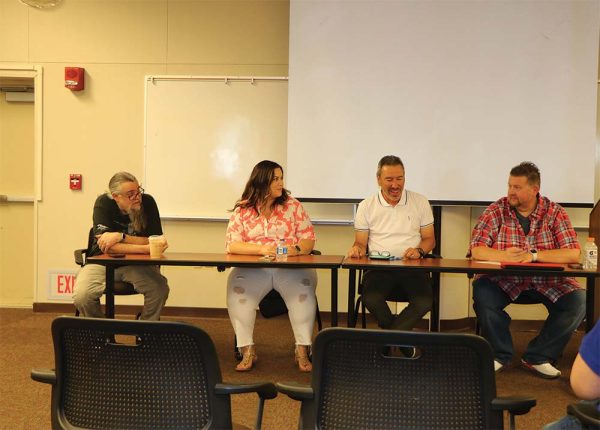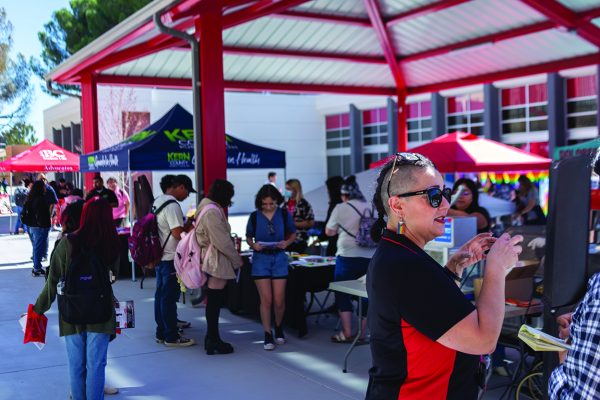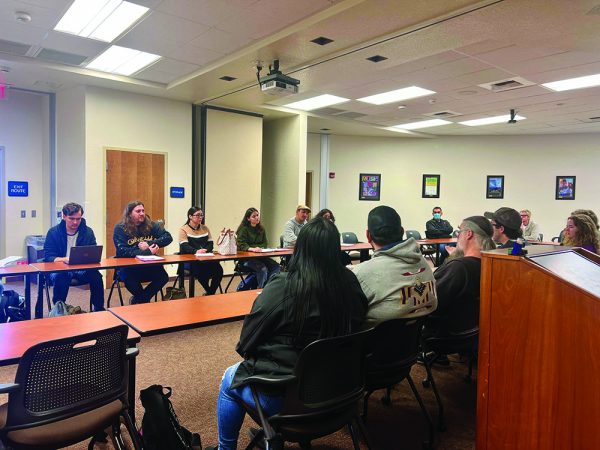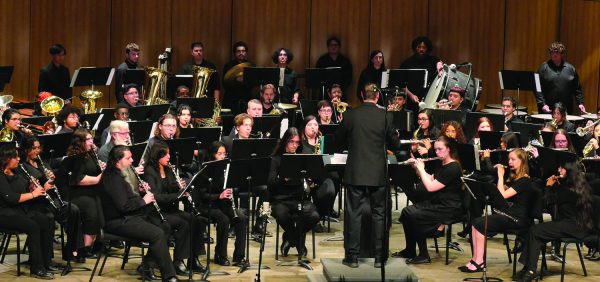The first Kern County Air/Water/Energy Seminar
September 19, 2021
The first Air/Water/Energy Seminar occurred via Zoom on Sept. 7. Titled “Part I: An Introduction to Existing and Potential Opportunities in Kern County,” leading figures in their fields showcased data concerning the utility and ecological sustainability of upcoming agricultural projects.
Executive Director of Kern County Farm Bureau Romeo Agbalog moderated the discussion between Roger Aines (Lawrence Livermore National Laboratories), Patty Poire (Kern Groundwater Authority), and Joe Ashley (California Resources Corporation). The speakers discussed reducing CO2 emissions, groundwater preservation, and the use of oil-produced water to irrigate crops.
Aines spoke about his leadership of the carbon initiative. Lawrence Livermore National Lab aims to remove carbon dioxide from the atmosphere. Their goal is to have California carbon neutral by 2025. To do so, Aines compared three methods: biomass waste conversion, returning carbon to the soil naturally, and direct mechanical carbon filtering.
According to Aines, the conversion of biomass waste to hydrocarbon, then returning the carbon to the soil is the most cost-effective. This method opens up the possibility of repurposing oil-rigging skills in Kern County for the negative emissions effort.
Poire, the planning manager and director of groundwater use in Kern County, spoke about the Sustainable Groundwater Management Act (SGMA). She stated that there are “850k irrigated acres on the valley floor.” Sustainable water usage in the Kern Basin is critical to keeping California out of overdraft. Kern County signed on to the State Water Project “to mitigate overdraft.” The SWP entails the construction of canals, dams, and the use of oil-produced water to irrigate crops.
Ashley, the Director of Regulatory and Government Affairs with the California Resources Corporation, expanded on the technology of oil field-produced water.
Ashley stated there is a “10 to 1” ratio for “oil to water production.” Making “115 million barrels of oil per year equal 1.1 billion barrels of water per year.” According to Ashley, the recovered water would best be used for the irrigation of crops. The oil-produced water in Kern County “on the Northeast side of the San Joaquin Valley and Tulare” is low in “Total Dissolved Solids,” materials found at some level in all water. The Water Quality Control Board maintains Waste Discharge Requirements, monitoring the use of water. “Water districts will be ordered to modify or cease their practices” if the water is found to be unsafe. As of now, “95k acres of farmland are allowed to irrigate using oil produced water.”
Overall, the webinar was informative and showed positive signs for the future of sustainability, air quality, and drought management in Kern County. There is not yet a set date for the next webinar.











